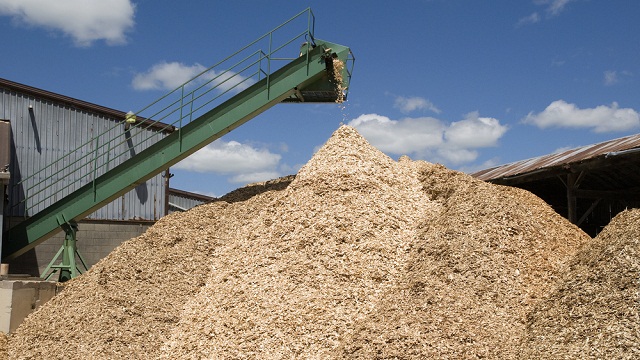New Fuel Cells Make Much More Energy From Waste

Article written by guest writer Kecia Lynn
What’s the Latest Development?
Governments and others who are looking to take advantage of waste-to-energy technologies may want to check out what Oregon State University scientists have been up to. They designed a microbial fuel cell that can generate up to 50 times more electricity from waste treatment plants than other types of cells. The microorganisms “break down the particles directly on an anode, which generates electrons and protons. These transfer from the anode to a cathode…which creates an electric current.” Each cell can “produce more than two kilowatts per cubic meter of waste.”
What’s the Big Idea?
Fuel cells such as these may allow waste treatment plants to generate their own electricity rather than depend on the grid. In addition to the environmental savings made by implementing sustainability, use of these fuel cells sidesteps the creation of methane and other potentially harmful byproducts produced in current waste treatments. Other facilities that handle waste, such as breweries and animal processing plants, could use this technology as well.
Photo Credit: Shutterstock.com




